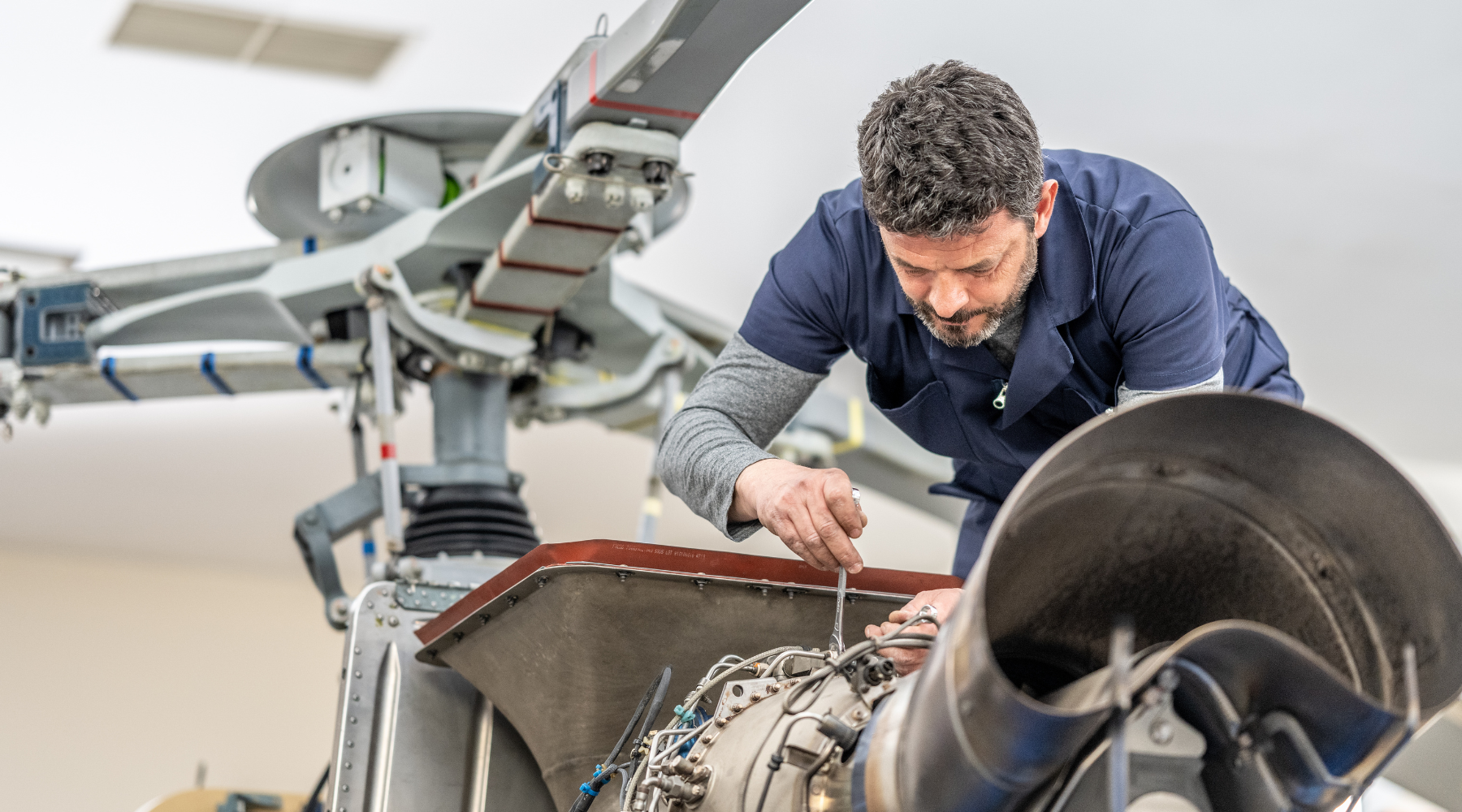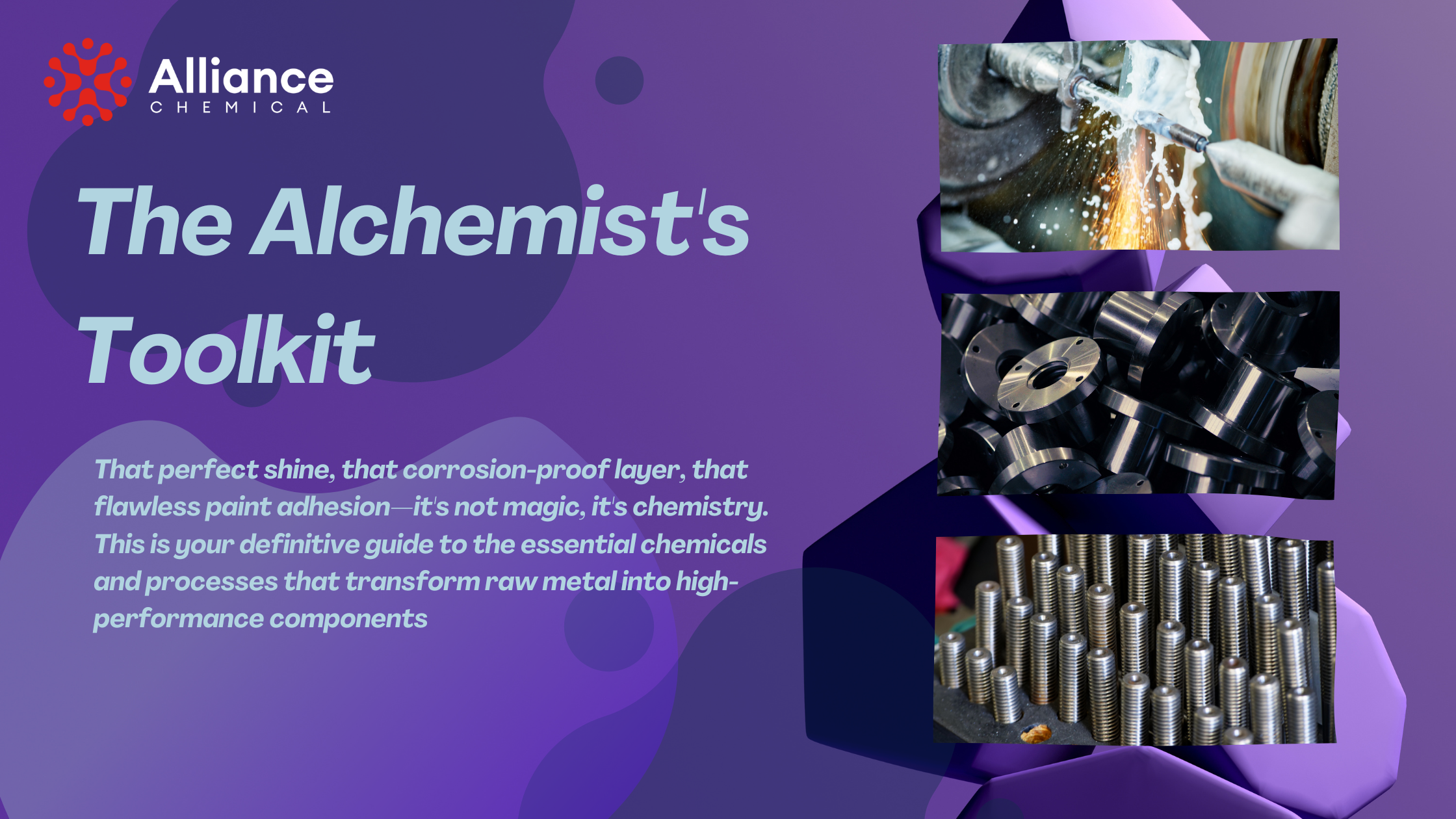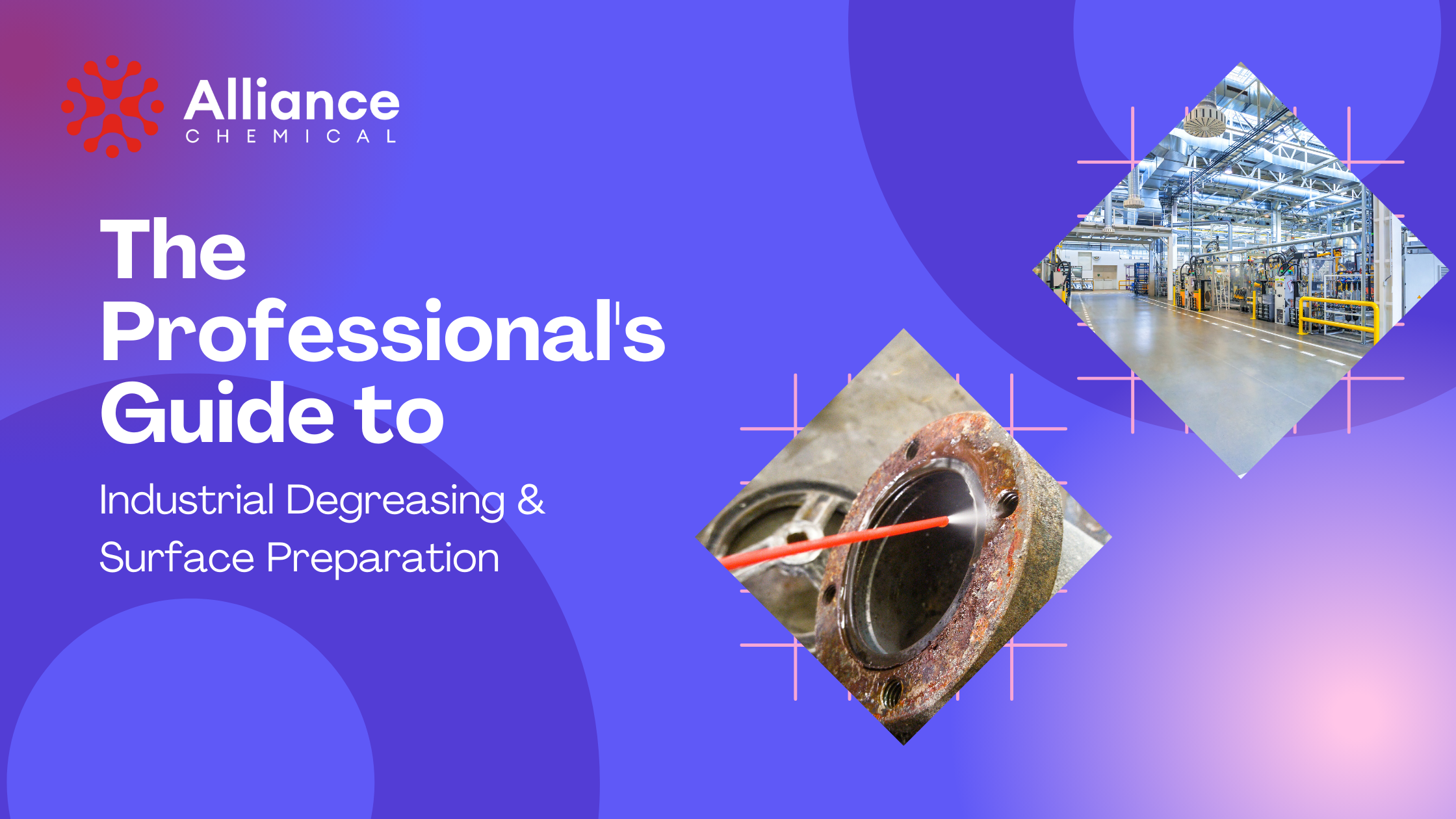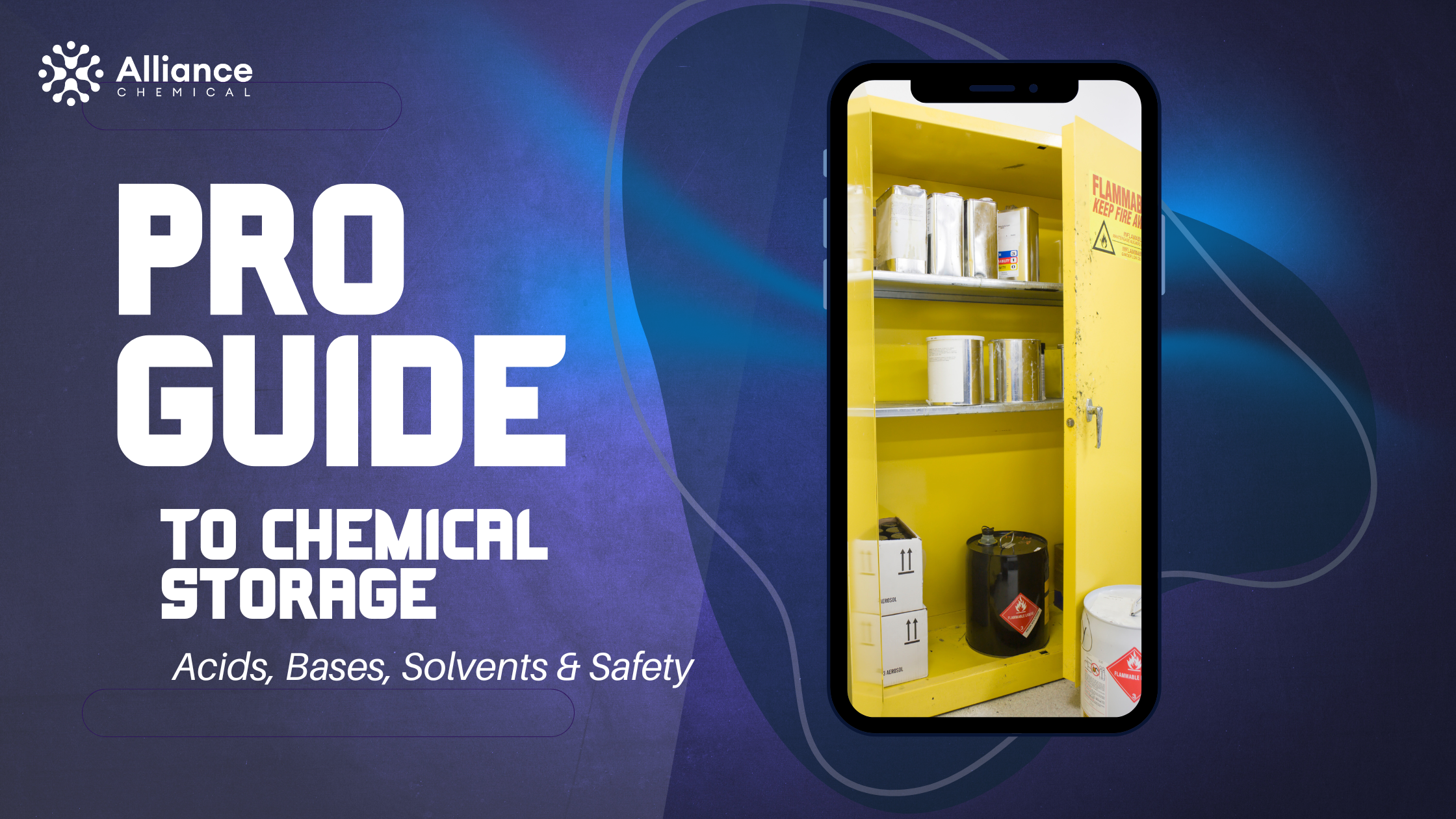
Ferric Chloride: Essential Uses, Benefits, and Safety in PCB Etching & Water Treatment
Table of Contents
Summary
In the landscape of industrial chemicals, Ferric Chloride (FeCl₃) holds a unique position as a versatile workhorse with a rich history. From enabling the electronics revolution through precision circuit board etching to ensuring public health via water purification, this powerful compound is a cornerstone of modern technology and infrastructure. This definitive technical guide explores the science behind Ferric Chloride's dual roles as a powerful etchant and an effective coagulant, provides detailed procedural guides for its key applications, and covers the critical safety protocols required for its handling.
The Chemistry of a Multifunctional Compound
Ferric Chloride, also known as Iron(III) Chloride, is a compound of iron and chlorine where the iron is in the +3 oxidation state. In its anhydrous (water-free) form, it is a dark crystalline solid. However, it is almost exclusively used in its aqueous form, typically as a 40% solution, which appears as a corrosive, brownish-orange liquid.
Its power stems from two key chemical properties:
- A Strong Lewis Acid: Ferric Chloride is an electron pair acceptor, which makes it an excellent catalyst in many chemical reactions and gives it its potent corrosive (etching) properties.
- A Highly Charged Cation Source: When dissolved in water, it dissociates to release the trivalent iron cation (Fe³⁺). This highly positive charge is the key to its effectiveness as a coagulant in water treatment.
The Cornerstone of Electronics: Precision PCB Etching
The creation of every modern electronic device depends on the Printed Circuit Board (PCB). Ferric Chloride is the most common and reliable etchant used by both industrial manufacturers and electronics hobbyists to create the intricate copper pathways that form the circuits.
The Science of Copper Etching: A Redox Reaction
The etching process is a classic oxidation-reduction (redox) reaction. The Ferric Chloride solution acts as an oxidizer, removing electrons from the metallic copper (Cu⁰) and converting it into soluble copper ions (Cu⁺ and Cu²⁺), effectively dissolving it off the board.
Fe³⁺ + Cu⁰ → Fe²⁺ + Cu⁺
Fe³⁺ + Cu⁺ → Fe²⁺ + Cu²⁺
The areas of the copper board that are protected by a mask (the "resist") are untouched, while all the exposed copper is etched away, leaving behind the desired circuit traces.
A Professional's Guide to PCB Etching
- Preparation: Transfer your circuit design onto a copper-clad board using a method like toner transfer or photoresist, creating a protective mask.
- Safety First: Put on nitrile gloves, splash-proof goggles, and an apron. Perform the etching in a well-ventilated area.
- The Etching Bath: Pour the 40% Ferric Chloride solution into a non-metallic (plastic or glass) tray. Gently warming the solution to around 40-50°C (100-120°F) will significantly speed up the process.
- Immersion: Submerge the board in the solution, copper-side down, using plastic tongs. Agitate the tray gently and periodically to ensure fresh etchant reaches the copper surface.
- Completion: The process can take anywhere from 5 to 30 minutes. The board is ready when all of the unprotected copper has been dissolved.
- Cleanup: Remove the board, rinse thoroughly with water, and then remove the resist with a solvent like acetone to reveal the finished copper circuit. Neutralize the spent etchant before disposal according to local regulations.
Guardian of Public Health: Ferric Chloride in Water Treatment
In municipal and industrial water treatment, Ferric Chloride is a highly effective primary coagulant. It is used to remove turbidity (cloudiness) and other contaminants from raw water.
The Science of Coagulation and Flocculation
The process mirrors the one used by other coagulants like Aluminum Sulfate.
- Coagulation (Charge Neutralization): Tiny suspended particles in water (like clay and silt) have a negative surface charge, causing them to repel each other. The highly positive iron ions (Fe³⁺) from the Ferric Chloride neutralize this charge, allowing the particles to stick together.
- Flocculation (Sweep Floc): The iron ions also react with the water's alkalinity to form a heavy, gelatinous precipitate of iron hydroxide (Fe(OH)₃). This sticky substance, the "floc," sweeps through the water, entrapping the neutralized particles and forming large, heavy clumps.
These heavy flocs then settle out in a sedimentation basin, leaving behind much clearer water that is ready for filtration and disinfection.
Advantages in Water Treatment
- Effectiveness in Cold Water: It performs well even in the cold water temperatures that can hinder the performance of alum.
- -
- It is effective across a broader pH range compared to other coagulants. -
- It is exceptionally good at precipitating phosphates from wastewater, which is crucial for preventing algal blooms in receiving waters.
Other Important Industrial and Artistic Applications
- Metal Surface Finishing: Used to etch patterns onto knives and swords to reveal the intricate layers in Damascus steel.
- Textile Mordant: In dyeing, it acts as a mordant, a substance that helps the dye bind to the fabric fibers, improving colorfastness.
- Catalyst in Chemical Synthesis: As a Lewis acid, it is used as a catalyst in a variety of organic reactions, such as Friedel-Crafts reactions.
- Pharmaceuticals: Used as a precursor in the synthesis of some iron-containing compounds.
MANDATORY Safety Protocols for Handling Ferric Chloride
Ferric Chloride is a corrosive and hazardous chemical. It can cause severe skin and eye burns and will permanently stain almost any surface it touches. It must be handled with extreme care.
- Personal Protective Equipment (PPE) is NOT OPTIONAL: Always wear chemical-resistant gloves (nitrile or neoprene), splash-proof safety goggles, and a full-face shield. An acid-resistant apron is essential to protect clothing.
- Staining Hazard: Ferric Chloride will leave a stubborn, rust-colored stain on skin, clothing, benchtops, floors, and sinks. Protect your work area thoroughly.
- Ventilation is Critical: The solution hydrolyzes to produce acidic fumes. Always work in a very well-ventilated area to avoid respiratory irritation.









